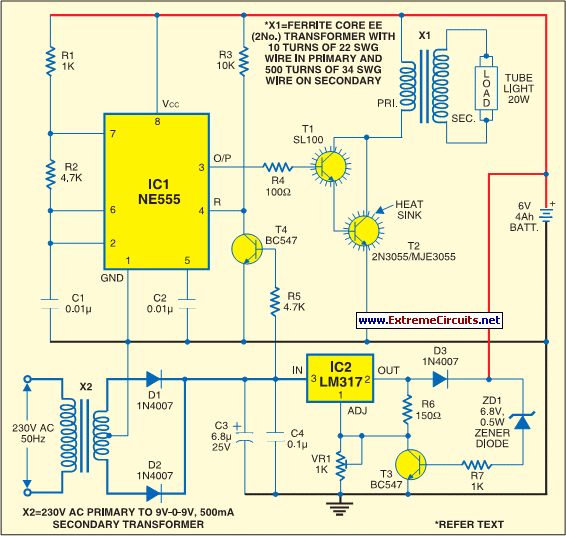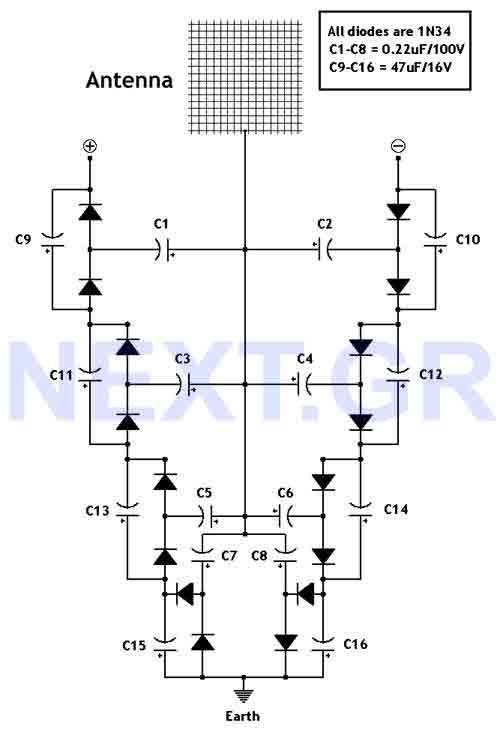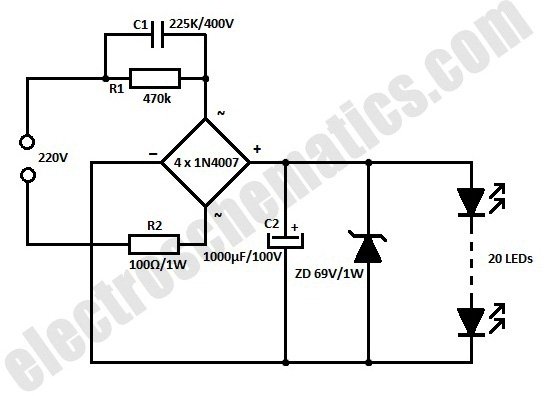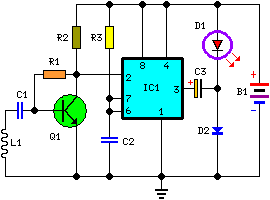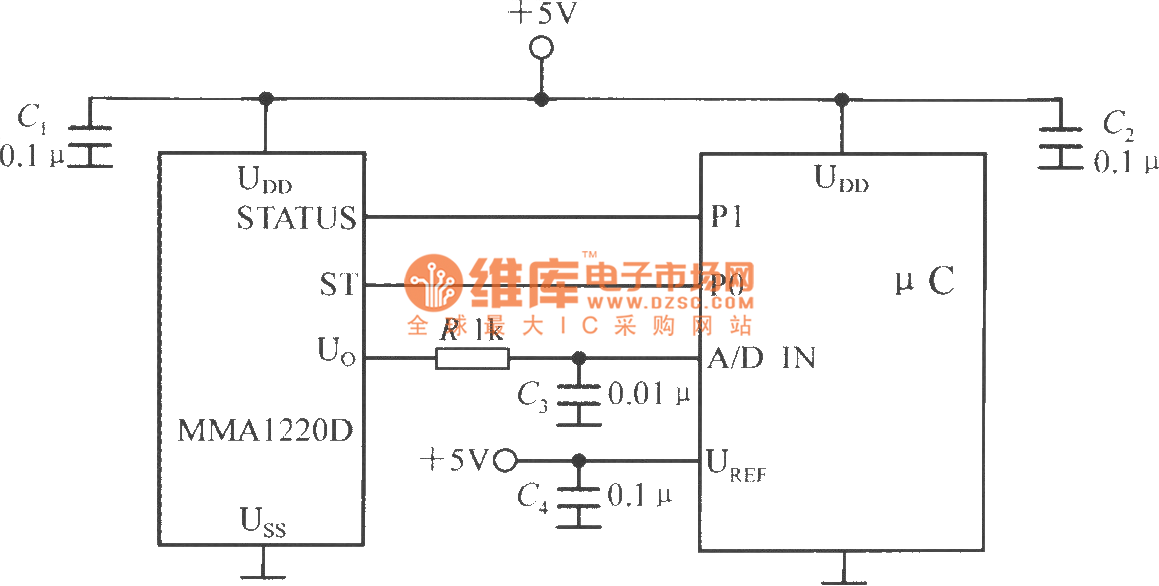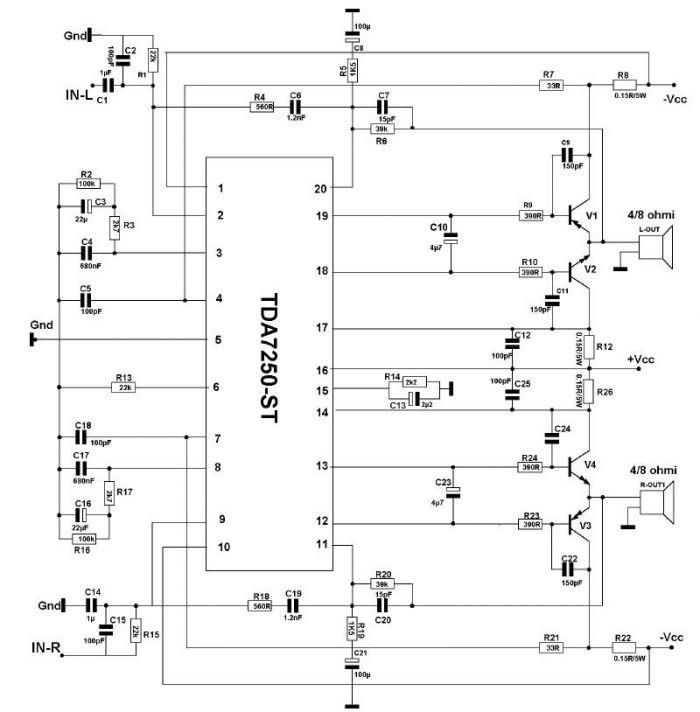
Audio Ditherizing Circuit For Digital Audio Use
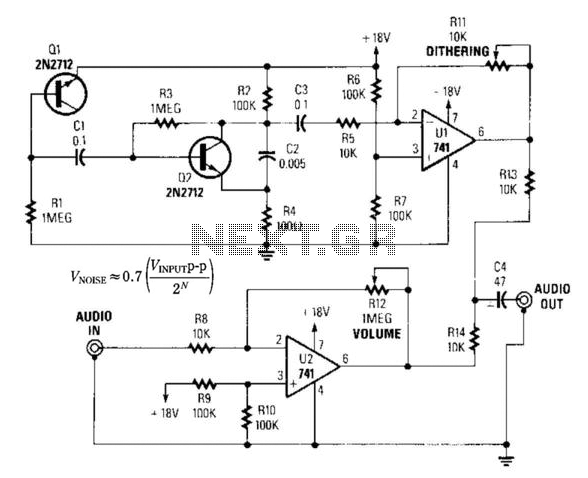
By introducing a small amount of noise to a signal intended for digitization (approximately 0.7 bits), where n represents the number of bits, for instance, an 8-bit signal with a peak-to-peak voltage of 2 V would result in a noise level of 0.0055 V. This circuit incorporates a transistor (Q1) and an amplifier (Q2 and U1) to produce the noise signal. Resistor R11 regulates the noise injection, while resistor R12 adjusts the system's gain.
The described circuit operates by injecting a controlled amount of noise into the input signal to enhance the digitization process. The purpose of adding noise is to mitigate quantization errors that can occur during the analog-to-digital conversion, especially in low-level signals. The transistor Q1 serves as a noise generator, producing a random noise voltage that is then amplified by the operational amplifier U1 through transistor Q2, which aids in maintaining the integrity of the noise signal.
Resistor R11 plays a crucial role in determining the amplitude of the noise injected into the signal. By adjusting the value of R11, the designer can fine-tune the level of noise to achieve optimal performance based on the specific characteristics of the signal being processed. Meanwhile, resistor R12 is essential for controlling the gain of the amplifier circuit, allowing for adjustments to ensure that the noise level is appropriate for the digitization process without overwhelming the original signal.
The overall configuration of the circuit must be carefully designed to ensure stability and reliability. Proper biasing of the transistors and selection of component values are critical to achieving the desired noise characteristics and gain. Additionally, considerations regarding power supply decoupling and layout can significantly influence the performance of the circuit, ensuring that the noise introduced is consistent and predictable. This design approach is particularly beneficial in applications where high precision in signal conversion is required, such as in data acquisition systems, audio processing, and communication systems. By adding a small amount of noise to a signal to be digitized (about 0.7 bit): where: n = # of bits. For example, 8 bits and 2 V p-p would be 0.0055 V. This circuit uses a transistor (Ql) and an amplifier (Q2 and Ul) to generate the noise signal. Rll controls the noise injection and R12 controls the gain of the system. 🔗 External reference
The described circuit operates by injecting a controlled amount of noise into the input signal to enhance the digitization process. The purpose of adding noise is to mitigate quantization errors that can occur during the analog-to-digital conversion, especially in low-level signals. The transistor Q1 serves as a noise generator, producing a random noise voltage that is then amplified by the operational amplifier U1 through transistor Q2, which aids in maintaining the integrity of the noise signal.
Resistor R11 plays a crucial role in determining the amplitude of the noise injected into the signal. By adjusting the value of R11, the designer can fine-tune the level of noise to achieve optimal performance based on the specific characteristics of the signal being processed. Meanwhile, resistor R12 is essential for controlling the gain of the amplifier circuit, allowing for adjustments to ensure that the noise level is appropriate for the digitization process without overwhelming the original signal.
The overall configuration of the circuit must be carefully designed to ensure stability and reliability. Proper biasing of the transistors and selection of component values are critical to achieving the desired noise characteristics and gain. Additionally, considerations regarding power supply decoupling and layout can significantly influence the performance of the circuit, ensuring that the noise introduced is consistent and predictable. This design approach is particularly beneficial in applications where high precision in signal conversion is required, such as in data acquisition systems, audio processing, and communication systems. By adding a small amount of noise to a signal to be digitized (about 0.7 bit): where: n = # of bits. For example, 8 bits and 2 V p-p would be 0.0055 V. This circuit uses a transistor (Ql) and an amplifier (Q2 and Ul) to generate the noise signal. Rll controls the noise injection and R12 controls the gain of the system. 🔗 External reference
Warning: include(partials/cookie-banner.php): Failed to open stream: Permission denied in /var/www/html/nextgr/view-circuit.php on line 713
Warning: include(): Failed opening 'partials/cookie-banner.php' for inclusion (include_path='.:/usr/share/php') in /var/www/html/nextgr/view-circuit.php on line 713
